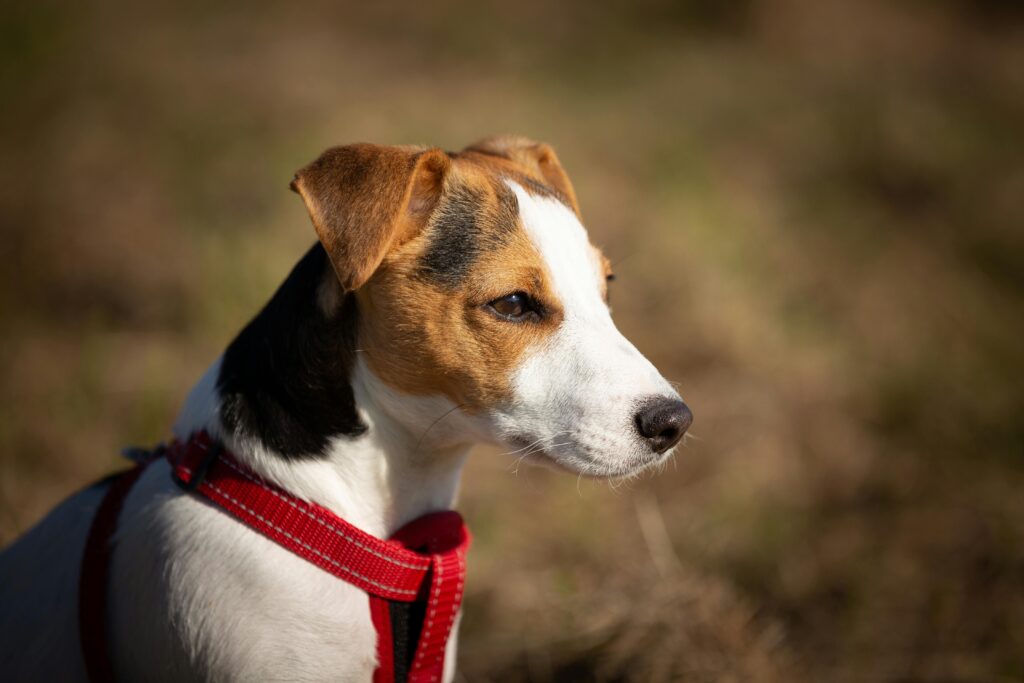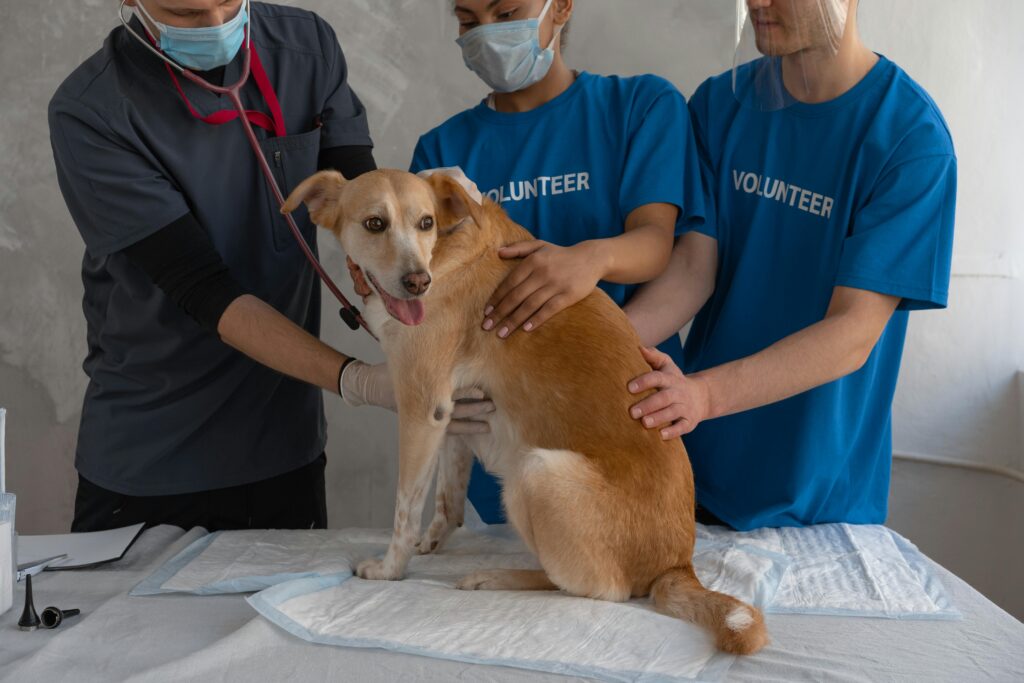
If your puppy suddenly races around the room like a furry tornado — jumping, spinning, and zipping from one corner to the next — congratulations, you’ve witnessed the infamous “puppy zoomies.” Also known as Frenetic Random Activity Periods (FRAPs), these bursts of energy are completely normal for growing dogs.
But while zoomies are adorable, they can also cause chaos, especially in small homes, during nighttime, or when you’re trying to keep things calm. Let’s explore what causes these energy bursts and how to handle puppy zoomies without chaos.
What Are Puppy Zoomies?
Zoomies are short periods of explosive energy release where your puppy sprints around with seemingly no goal — spinning in circles, darting down hallways, leaping onto furniture, and sometimes barking or play-growling. These outbursts typically last just a few minutes and can happen randomly or after specific triggers.
Common Times When Zoomies Happen:
- After a bath
- After going potty
- In the evening, often before bedtime
- After being crated or napping
- When a favorite toy or person returns
Zoomies are a normal part of development and self-regulation — your puppy is letting off steam and expressing happiness.
Are Zoomies a Problem?
Zoomies themselves are not harmful. However, chaos can arise if your puppy knocks over furniture or people, there are children or elderly individuals around, your puppy slips on floors or crashes into walls, or it’s happening during crate or potty training routines. That’s why it helps to understand how to handle puppy zoomies without chaos, so your home stays safe and your pup gets the release they need.
Anticipate and Redirect the Energy
Zoomies often occur at predictable times, such as right after meals or before bedtime. If you know your puppy tends to get zoomies at a certain time, plan a short play session beforehand. Try a quick tug-of-war game, a short game of fetch in a safe room, or practicing a few basic commands with treats. Burning off energy in a controlled way can prevent those chaotic, furniture-bouncing episodes.
Designate a Safe Zoomie Zone
Create a puppy-safe space in your home where they can zoom without injury or destruction. This could be a carpeted hallway, a gated-off living room, or a fenced backyard. Remove slippery rugs, block access to stairs, and secure anything breakable. If your puppy starts zooming, encourage them toward the designated area rather than trying to stop it entirely.
Avoid Chasing Your Puppy
During zoomies, your puppy might look like they’re asking to be chased — and it’s tempting to play along. But doing so might encourage wild behavior, especially if you’re trying to calm them down. Instead, stay calm, use a cheerful voice to call them toward a toy or treat, and let them run it out in a safe spot. Avoid punishing or yelling — zoomies aren’t bad behavior, they’re just bursts of fun energy.
Use the Zoomies as a Training Opportunity
Once the zoomie wave is over, your puppy will likely be calmer and more focused. This is a great time to reinforce calm behaviors or practice crate training, as your puppy will be more willing to relax. After zoomies, guide your puppy to their crate or bed, offer a chew toy to wind down, and use this time to reward calm sitting or lying behavior.
Let Them Zoom Outside When Possible
One of the best ways to manage zoomies without chaos is to encourage them in the backyard or during a safe off-leash session. If your yard is secure, open the door and let your puppy run, toss a ball or frisbee to encourage movement, and supervise to ensure they don’t overheat, especially in Texas summers. Zoomies outdoors can prevent indoor chaos and make bedtime much smoother.
Stay Consistent with Routine
Puppies thrive on structure. Having a predictable routine for meals, potty breaks, naps, and play can reduce excess energy and anxiety — two major contributors to zoomies. Try scheduling morning and evening walks, multiple short play sessions during the day, and wind-down time in the evening. The more consistent the routine, the less unpredictable your puppy’s energy bursts will feel.
Make Sure Your Puppy Is Getting Enough Exercise
Sometimes zoomies are simply a sign your puppy has more energy than they’ve had a chance to use. Make sure they’re getting appropriate physical and mental stimulation each day based on their age and breed. Examples include two short walks per day (in cooler parts of the day in Texas), puzzle toys or treat-dispensing balls, and training sessions that use their brain and body.
Conclusion
Puppy zoomies are a normal (and often hilarious) part of your dog’s development. While they can sometimes create chaos, knowing how to handle puppy zoomies without chaos will help you keep your home safe and your puppy happy. By offering safe spaces, staying consistent, and allowing for proper exercise and stimulation, you’ll not only survive the zoomies — you’ll embrace them as part of the fun, silly ride that comes with raising a puppy. 🐾💨

